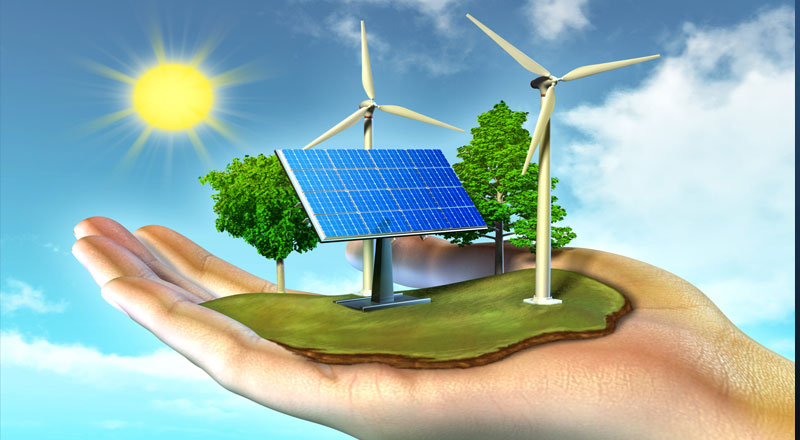Clean Energy at the Heart of Global Transformation
As the world races to address the twin challenges of climate change and energy security, wind and solar energy have emerged as the pillars of a sustainable future. These renewable sources are not just environmental imperatives—they are now shaping economic and geopolitical landscapes. In this global shift, India has positioned itself as a frontrunner, embracing renewable energy with urgency and ambition. From aggressive capacity additions to strategic national targets, the country is steadily moving toward a cleaner, more resilient power ecosystem.
India Climbs to Third in Global Wind and Solar Power
India achieved a significant milestone in 2024 by becoming the world’s third-largest producer of electricity from wind and solar power, surpassing Germany, according to the latest Global Electricity Review by energy think tank Ember. The report shows that wind and solar energy accounted for 15% of global electricity generation last year, while India contributed 10% to its own electricity mix from these two sources.
The momentum is part of a broader global trend. Low-carbon electricity sources—including renewables and nuclear—accounted for a record 40.9% of global power generation in 2024. This marks the first-time clean energy has crossed the 40% threshold since the 1940s. In India, clean energy’s share stood at 22%, with hydropower leading at 8%, and wind and solar combined making up 10%.
Solar Surges Ahead: India Among Top Global Markets
Solar energy continues to dominate global electricity growth and remains the world’s fastest-growing electricity source for the 20th consecutive year. In 2024, solar added 474 terawatt hours (TWh) globally, maintaining its lead as the largest source of new power generation for the third year in a row.
India’s solar growth has been especially striking. The country has doubled its solar generation since 2021, with solar contributing 7% of India’s total electricity in 2024. India added 24 gigawatts (GW) of new solar capacity last year—more than twice the amount added in 2023—securing its place as the third-largest solar market in the world, after China and the United States. In terms of generation, India also posted the fourth-largest increase globally, adding 20 TWh of new solar energy.
Asia’s Energy Landscape Under Transformation
The 2024 Global Electricity Review, which analyzed data from 88 countries covering 93% of global demand, emphasized that Asia is at the center of the global clean energy transition. According to Aditya Lolla, Asia Programme Director at Ember, solar energy is driving rapid change across the continent. “With electricity demand set to rise across the region, a robust clean energy market is crucial,” he noted. This transition is expected to enhance energy security, economic resilience, and bring developing nations into the fold of the new energy economy.
India’s Ambitions and the Road Ahead
India’s clean energy story is ambitious but not without challenges. While its progress has been commendable, experts warn that the pace of clean energy investment must accelerate to meet rising electricity demand. Neshwin Rodrigues, Senior Energy Analyst at Ember, highlighted the need for India to scale up clean generation significantly to match its growing consumption.
As part of its climate commitments under the Paris Agreement, India pledged in its Nationally Determined Contributions (NDCs) to achieve 50% of installed electric power capacity from non-fossil fuel sources by 2030. The government has also outlined an even more ambitious internal target of reaching 500 GW of non-fossil fuel capacity by the same year, as reflected in policy frameworks like the 14th National Electricity Plan.
However, Ember’s February report cautioned that India is at risk of missing this 500 GW goal unless clean energy investments grow by at least 20% annually.
India Poised for Clean Energy Leadership
India’s clean energy journey reflects a remarkable transformation that aligns economic development with environmental sustainability. Surpassing Germany in wind and solar power production is not just a symbolic achievement—it signals India’s rising global influence in the energy transition. With the right policy support, increased investment, and continued innovation, India is well-positioned to become a global clean energy powerhouse, driving progress not just domestically but across the entire region.
(With inputs from agencies)





